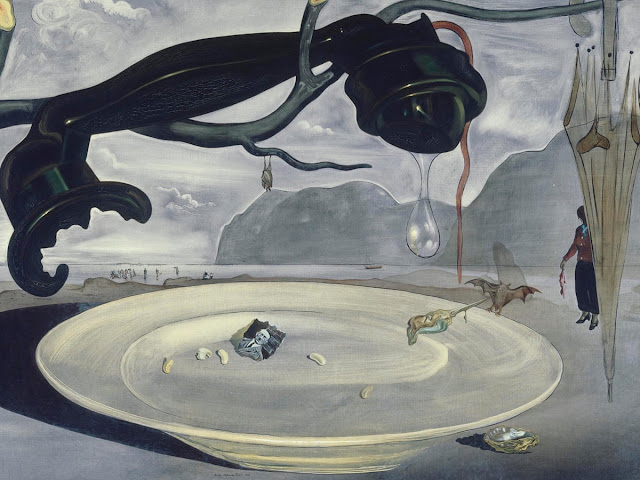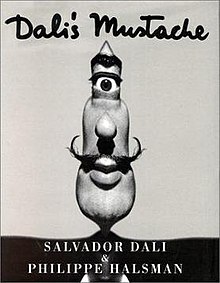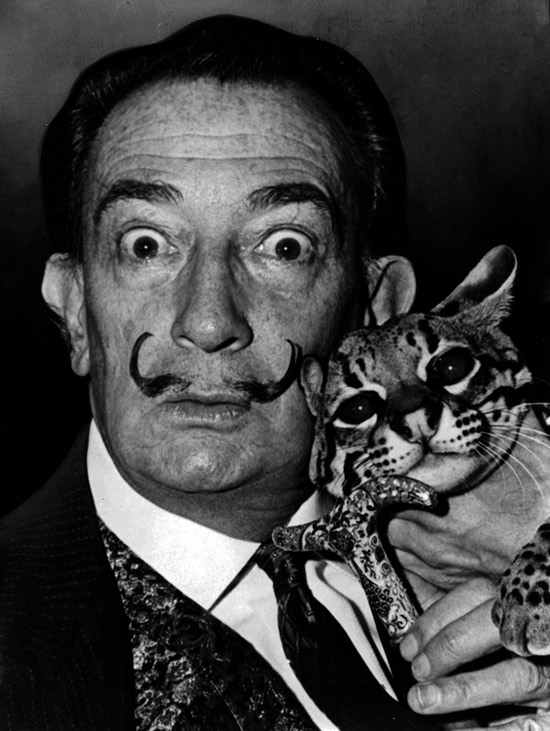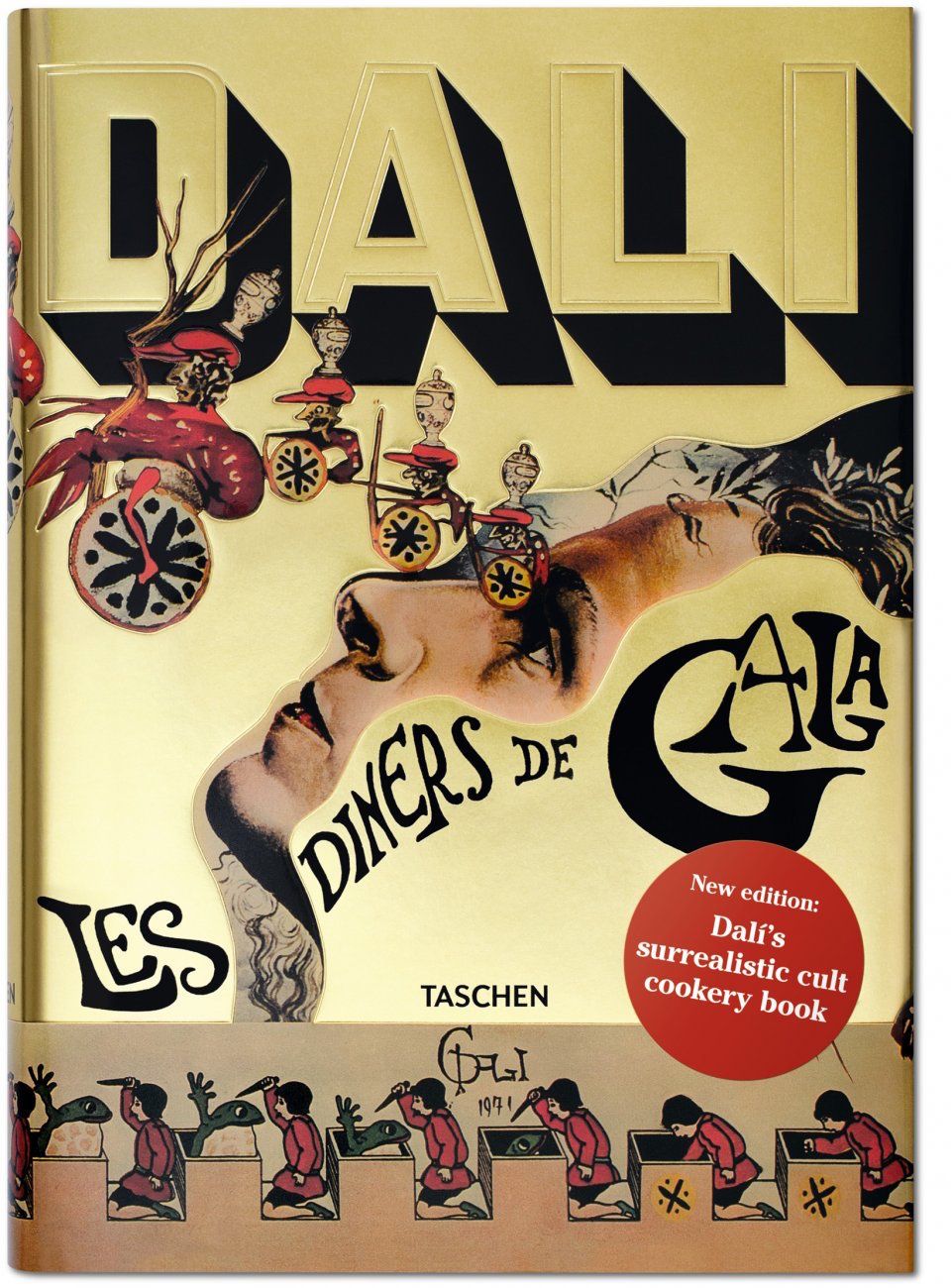Knowledge can be gained at any age. After having a detailed study on topics there are things unknown to us. So, we at Abirpothi present before you the lesser-known facts about artists around the world.
Salvador Dali
“The fact that I myself, at the moment of painting, do not understand my own pictures, does not mean that these pictures have no meaning; on the contrary, their meaning is so profound, complex, coherent, and involuntary that it escapes the most simple analysis of logical intuition.”
-Salvador Dali
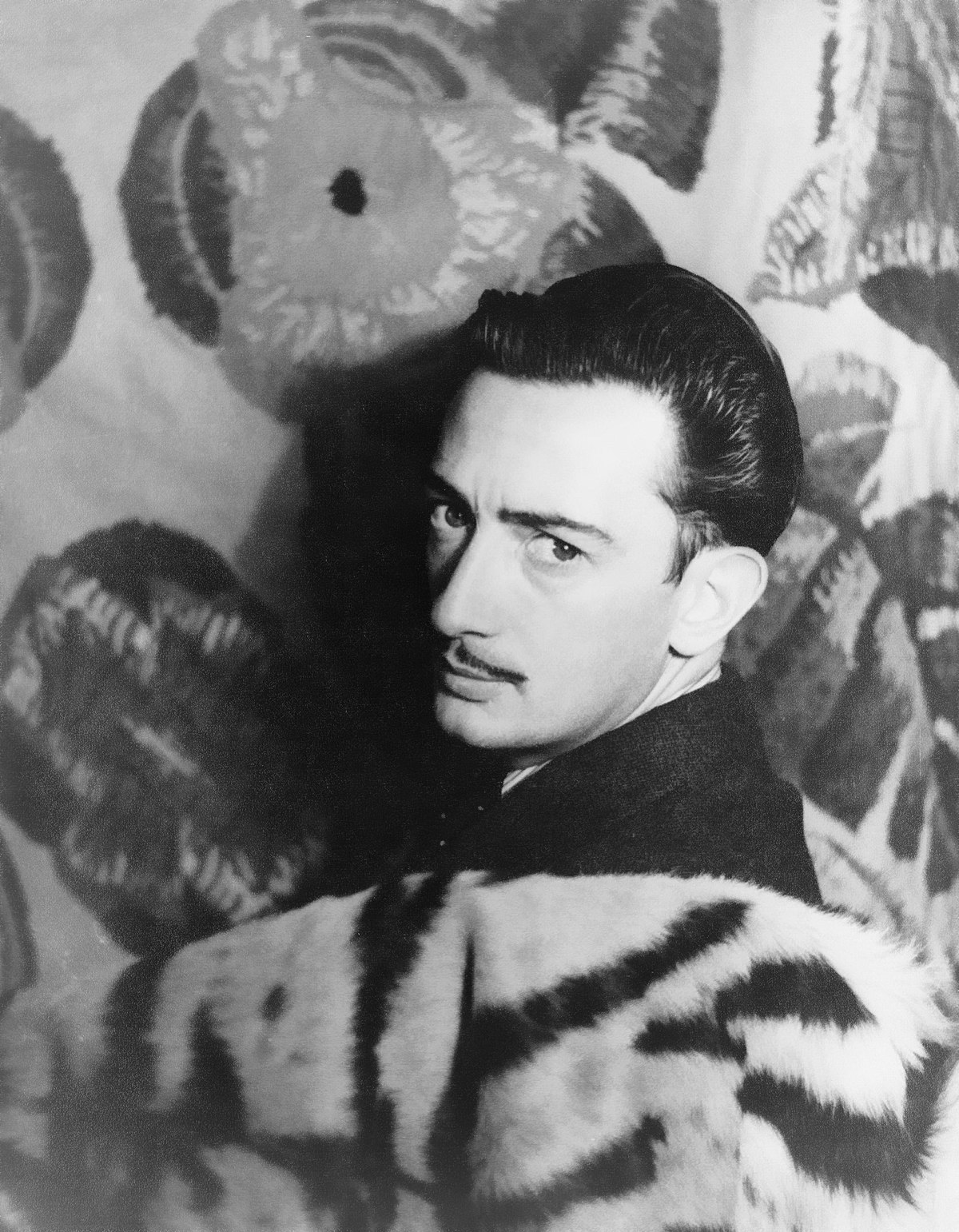
Courtesy Wikipedia
Salvador Felipe Jacinto Dalí y Domenech, otherwise known simply as Salvador Dalí, was born on May 11, 1904, in the town of Figueras, Spain. He is most famous for his contribution to the world of art, particularly to surrealism. Salvador Dali was one of the most famous men of the 20th century for more than a few reasons. Obviously, Salvador Dali artwork is iconic, but it was his extremely odd personality, fashion sense, trademark moustache, and showmanship that ensured people remembered him when he blew through town. Obsessive themes of eroticism, death, and decay permeate Dalí’s work, reflecting his familiarity with and synthesis of the psychoanalytical theories of his time. Drawing on blatantly autobiographical material and childhood memories, Dalí’s work is rife with often ready-interpreted symbolism, ranging from fetishes and animal imagery to religious symbols. On January 23, 1989, Dalí died of heart failure while listening to his favourite record, Tristan and Isolde. He is buried beneath the museum that he built in Figueres. His final resting place is three blocks away from the house that he was born in and across the street from the Sant Pere church where he was baptized and had his first communion.
11 lesser-known facts about Salvador Dali
- Just 9 months before Dalí was born, on August 1, 1903, Dalí’s older brother died of a stomach problem. So Salvador Dalí believed he was the reincarnation of his dead older brother.
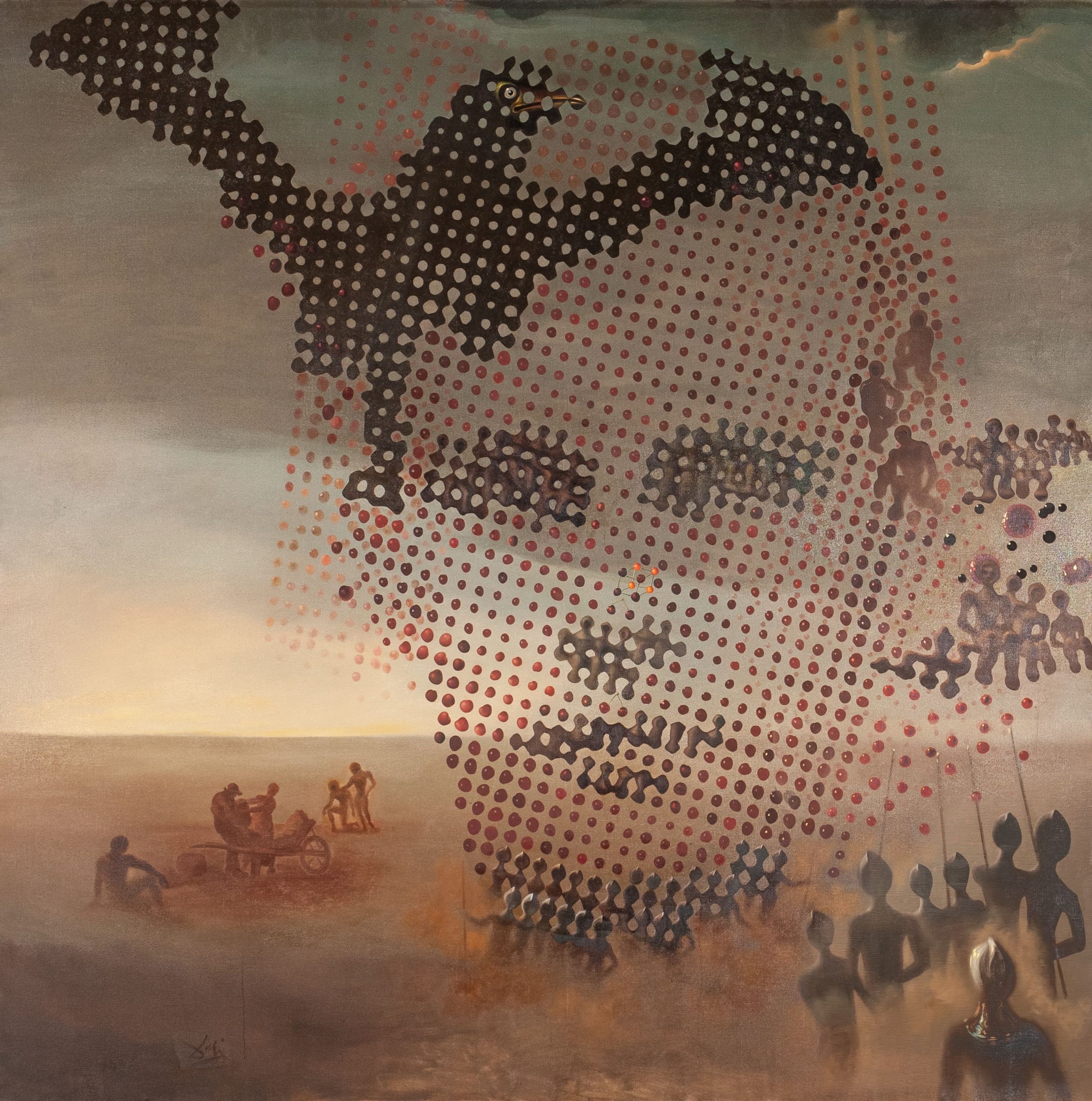
Portrait of my dead brother by Salvador Dali.
Courtesy: The Dali Archives - He once gave a lecture at the Surrealists Exhibition in London in an old, deep-sea diving suit. He wanted to illustrate his subconscious mind in this way, but he did not foresee that he would have limited air access there. The audience didn’t realize it until Dali passed out.
- In 1954, Dali and photographer Philippe Halsman published a book entirely devoted to his moustache, featuring 28 images of the iconic facial hair.
- He appeared in restaurants in the company of his cat. Babou was an ocelot, which Dali acquired in 1960 from a Colombian notable. He took him for walks in a collar richly encrusted with precious stones.
- In 1967, the airline ‘Air India’ commissioned the world-famous surrealist artist to design an ashtray for them which was to be given to a select group of first-class passengers.
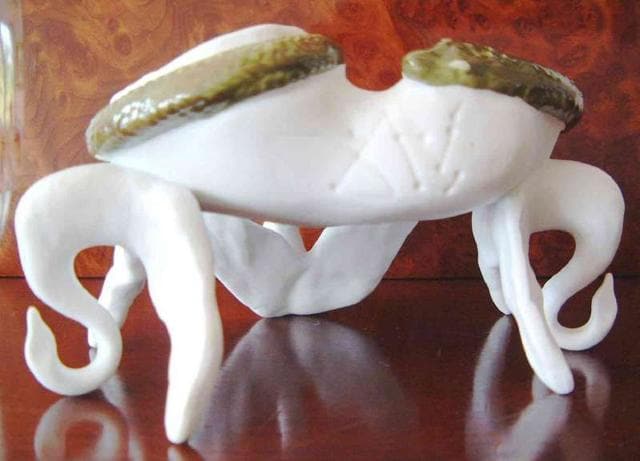
Salvador Dali Ashtray For Air India
Courtesy: Hindustan Times - To avoid paying restaurant bills, Dalí would draw on the backs of cheques so that they can never be cashed.
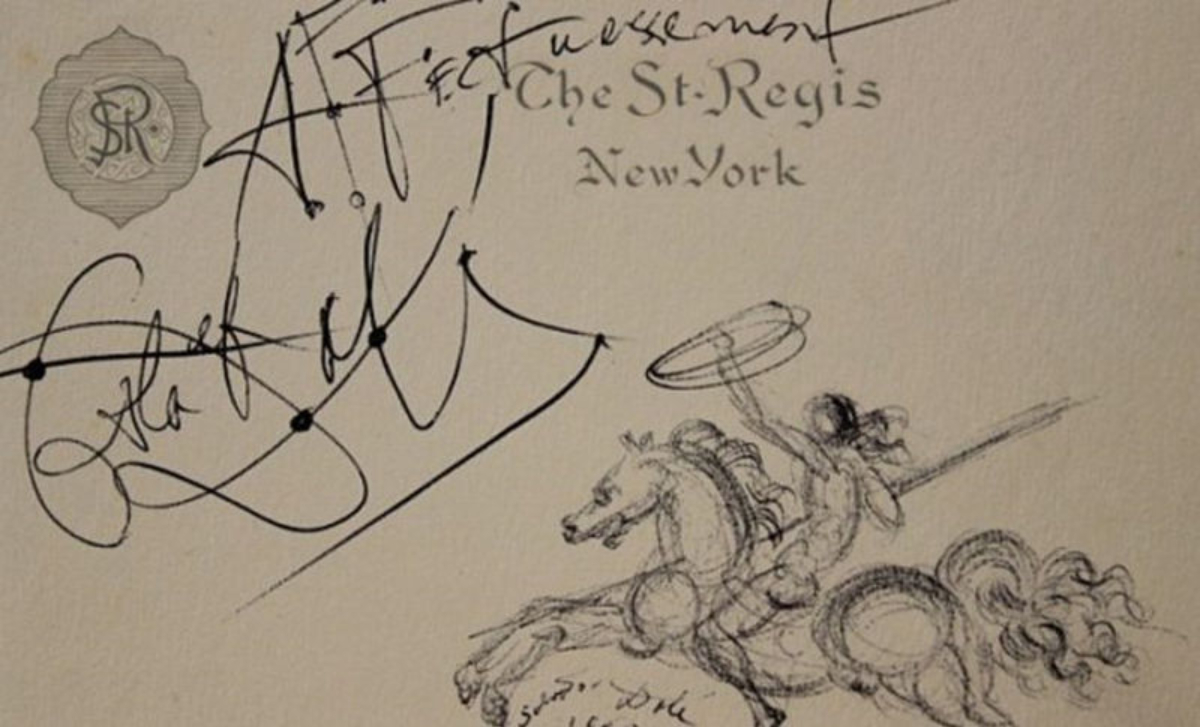
An image of Dali’s restaurant check.
Courtesy: Vintage Everyday - In 1973, Dalí released his own cookbook, Les Diners de Gala, a how-to guide to Surrealist cooking that featured some of Dalí’s favourite motifs, like snails, lobsters, and eggs. In keeping with the often sexual themes of his paintings, he also included recipes for an “aphrodisiac” course.
- He was expelled Twice from art school. His first expulsion came in 1923, for his role in a student protest. After returning to school, he faced a second expulsion just before his final exams in 1926. In his 1942 autobiography The Secret Life of Salvador Dalí, the artist wrote that he was expelled because he wouldn’t sit for his oral exams. “I am infinitely more intelligent than these three professors, and I, therefore, refuse to be examined by them. I know this subject much too well.”
- Dalí not only created his own museum but he’s also buried there. Located in his hometown of Figueres, the project started in the 1960s when the mayor of the small Catalan town asked Dalí to donate a piece of art to the city museum. Dalí decided to do much more than that, transforming the town’s theatre—which was nearly destroyed during the Spanish Civil War—into the Dalí Theater and Museum.

An image of Dali’s Museum in St. Petersburg, Florida
Courtesy: Wikipedia - He loved money and was known for his greed. He often used unethical methods to earn them. Once, he sold a painting to a wealthy client for a considerable amount, claiming that the paint was mixed with wasp venom.
- When he returned to Paris after World War II, he started experimenting with all sorts of things. He used optical illusions and also became interested in math and science. He was particularly interested in DNA.

